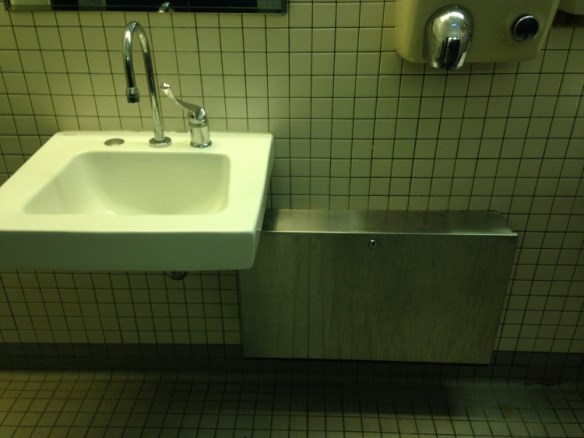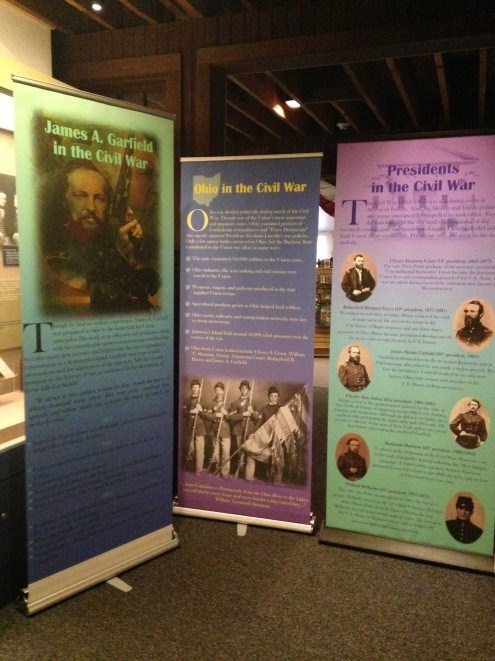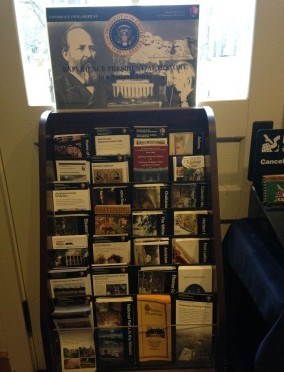Last updated: October 30, 2020
Article
How Do Fees Help Your National Parks?

NPS photo
When the “founding fathers” of the National Park Service first established this agency in 1916, there were a handful of natural sites, mostly around the western United States, which came under the NPS umbrella. Funding for protection of these and future sites was to come from the Congressional budget every year, but could those leaders have predicted that nearly 100 years later, we would have over 400 units in this growing organization? Unfortunately, the funding hasn’t been able to keep up with the number of new parks being added to the fray, and that’s where fees play a big part.
Congress has given the National Park Service the authority to charge several types of fees; entrance; special amenity (special tours, behind the scenes experiences, etc); boating and camping; and others. These fees range from a few dollars per person to per car fees for some of the larger parks. Sites also sell the America the Beautiful – National Parks and Federal Recreational Lands Passes, affectionately known as the “annual” and “senior” passes. Depending on the size and amount of revenue generated each year, parks are able to retain nearly 100% of all their fees. Since it was paid by the visitors, this money is in turn used to fund projects that have direct visitor benefits. Facilities, improvements, and programs that make our audiences safer, more comfortable, and more knowledgeable about and appreciative towards our national parks are the types of projects funded by visitor fees.
At James A. Garfield National Historic Site, we’ve been able to do many things for our visitors over the years. Here are a few examples of our “fee projects”:
- Interpretive Timeline – In 2010, the site commemorated the 30th anniversary of the establishment of the Garfield home and grounds as a national historic site. In addition to many public programs throughout the year, we constructed an interpretive timeline which layered the history of James A. Garfield National Historic Site with that of the National Park Service. The timeline was created by two of our seasonal rangers, who were students at the time and able to put some of their writing and graphics skills to work.

NPS Photo

NPS photo

NPS photo

NPS photo
- We’ve Got Wheels – If you’ve ever been to the Garfield site, you know there’s quite a lengthy walk between the point of entry at the visitor center and the Garfield home, where tours are led. Often visitors in poor health are not able to make that walk, or find themselves exhausted by the time they get up to the home. We purchased two new wheelchairs to escort visitors to and from the visitor center and house, so they can spend their energy enjoying the house and tour instead of worrying about the trip!

NPS photo
- Thirsty? – many visitors, especially in the summer, bring water bottles to the site, and toss them when empty. Our new drinking fountain allows visitors to fill their bottles with cold, filtered water from a specially designed faucet that’s tall enough to accommodate a bottle. With this installation, we hope not only to encourage visitors to drink water, but to bring their reusable bottles from home and fill them up while visiting rather than buying water in plastic bottles and throwing them away.
We can confidently say that on behalf of all the National Park Service staff and volunteers, we appreciate your continued support of our fee program and hope you see the benefits it yields. If you are interested in learning more about your fee dollars at work, please contact the site’s fee manager at 440-255-8722.
written by Allison Powell, Park Ranger, James A. Garfield National Historic Site, December 2014 for the Garfield Observe.
